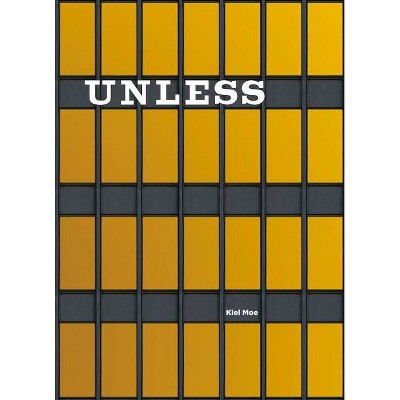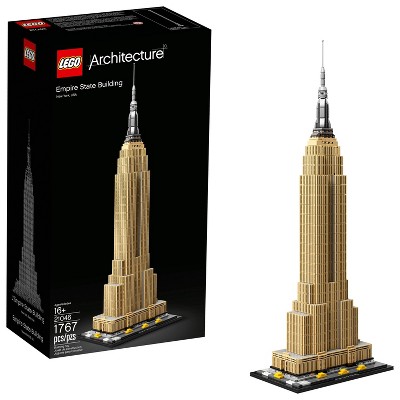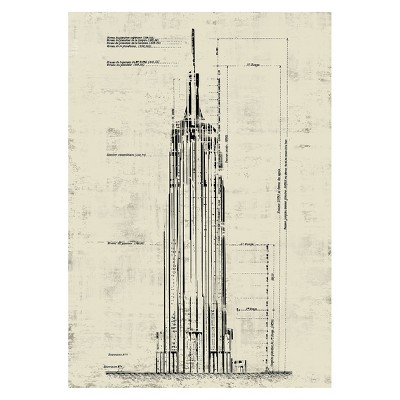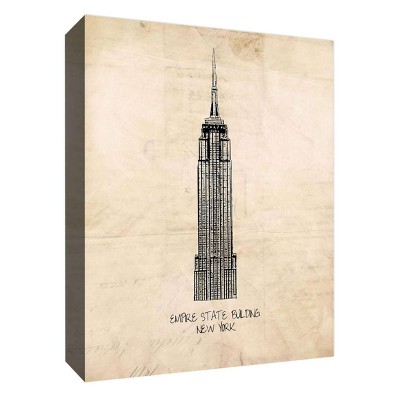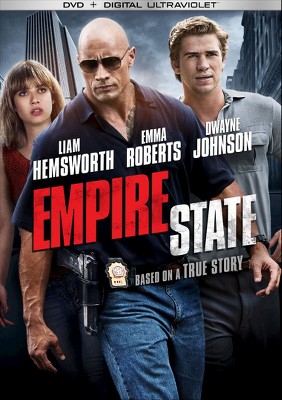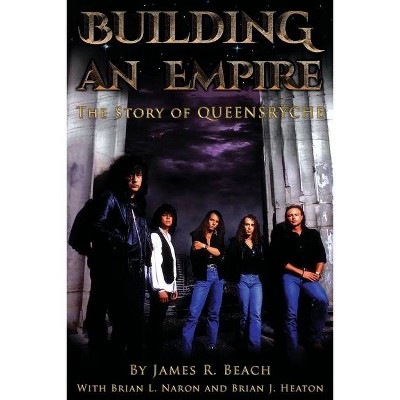Empire, State & Building - by Kiel Moe (Paperback)
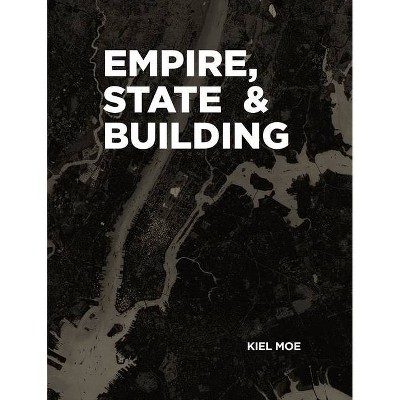
Similar Products
Products of same category from the store
AllProduct info
<p/><br></br><p><b> About the Book </b></p></br></br>This book considers the material basis of building as a key impetus of both urbanization and the energetics of urban life. The otherwise externalized material geographies and thermodynamics of building's material basis reveal much about the dynamics and efficacy of how we build. This book plots the material history and geography for one plot of land in Manhattan--the parcel of land under the Empire State Building--over the past two hundred years. Through rich illustrations, it tracks all the building material that have passed through this parcel or remain in its geographic and ecological dynamics: spatially (in terms of their geographic material footprints and industrial processes) and quantitatively (in terms of embodied energy, embodied carbon, and emergy flow). In successive chapters, the book articulates the empire and states that are inherent to building, but remain unconsidered--abstract and unknown--by architects.<p/><br></br><p><b> Book Synopsis </b></p></br></br><b>This book considers the material basis of building as a key impetus of both urbanization and the energetics of urban life. </b> <p/> The otherwise externalized material geographies and thermodynamics of building's material basis reveal much about the dynamics and efficacy of how we build. This book plots the material history and geography for one plot of land in Manhattan--the parcel of land under the Empire State Building--over the past two hundred years. Through rich illustrations, it tracks all the building material that have passed through this parcel or remain in its geographic and ecological dynamics: spatially (in terms of their geographic material footprints and industrial processes) and quantitatively (in terms of embodied energy, embodied carbon, and emergy flow). In successive chapters, the book articulates the empire and states that are inherent to building, but remain unconsidered--abstract and unknown--by architects.<p/><br></br><p><b> Review Quotes </b></p></br></br><br>"Moe's book successfully navigates the relationships of energy, time, and space in an easily digestible format...." --Architectural Record<br><br>..".Moe wants to expand the scope of architects' influence to encompass territory, communication, and speed, the "three great variables" that architects are no longer agents of, at least according to Michel Foucault." --John Hill, A Daily Dose of Architecture<br><br>"Through rich illustrations, "Empire, State & Building" deftly tracks all the building material that have passed through this parcel or remain in its geographic and ecological dynamics: spatially (in terms of their geographic material footprints and industrial processes) and quantitatively (in terms of embodied energy, embodied carbon, and energy flow). In successive chapters, "Empire, State & Building" articulates the empire and states that are inherent to building, but remain unconsidered (abstract and unknown) by architects. Impressively informed and informative, "Empire, State & Building" is extraordinarily well written, organized and presented, making it an unreservedly recommended addition to professional, community, and academic library Architectural History collections in general, and Empire State Building supplemental studies reading lists in particular." --Midwest Book Review<br>
Price History
Cheapest price in the interval: 23.99 on October 22, 2021
Most expensive price in the interval: 23.99 on December 20, 2021
Price Archive shows prices from various stores, lets you see history and find the cheapest. There is no actual sale on the website. For all support, inquiry and suggestion messagescommunication@pricearchive.us
